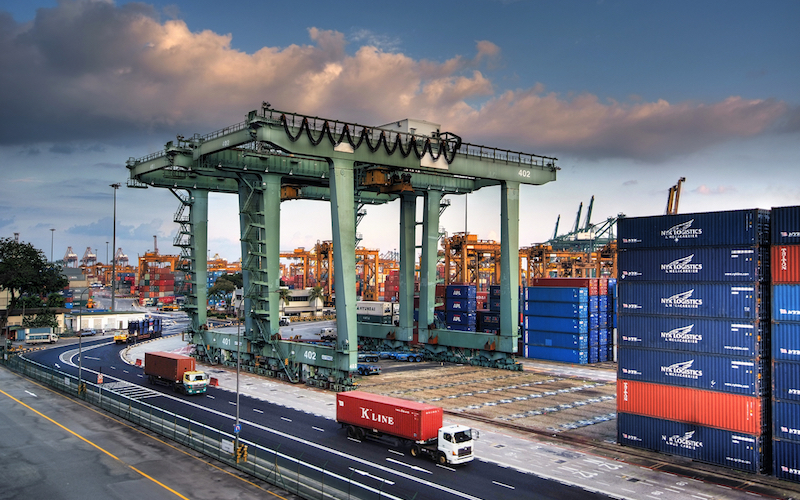
ASEAN in the Mood for Integration
In a few hours the ASEAN Community will be officially launched 13 years after the idea was conceived. ASEAN leaders still have much to do, although they managed to compose the Declaration on the ASEAN Community.
Existing for nearly 50 years, ASEAN has progressed little in the area of integration and has failed to follow the path of the EU, as predicted. Little has been accomplished to unite the South East Asian peoples. Fortunately, its problems are visible and resolvable.
One of the thorniest issues that hinder ASEAN Community formation is the economic disparity among ASEAN members. Development gaps and infrastructure differences exist between ASEAN-6 and ASEAN-4 as well as among members of each sub-group.
Singapore is the most developed member, ranked high in the world’s development indexes, while the rest of the bloc, including its second biggest country, are much less so and are still developing.
In addition, inconsistencies in tax systems, interest rates, foreign ownership, and other economic policies can impede the creation of a “stated” single market and production base in the community as well as hamper any closer links among members.
Another problem is that ASEAN leaders’ decisions are based on politics rather than on natural development fortified by facts. Leaders meet, shake hands and ink new agreements while their people are indifferent to the bloc’s activities and ignorant of ASEAN’s policies. This is partly due to vast cultural and social differences among members and the low proficiency in English – ASEAN’s working language. It seems that ASEAN poorer countries are not doing enough to adequately enhance integration while richer ones are not really eager for it.
Economically, ASEAN states should try to curb protectionism of key industries. True integration cannot be achieved if every state tries to be the least injured. It should be widely accepted that only when each agrees to give up something that everyone can gain. Less developed countries like Vietnam need to work harder to improve their economies to better integrate and reduce the negative effects of intra-ASEAN competition. The wider the gap is, the looser the ties will be. There is no way to reduce the negative effect of development gap but by bridging it. Physical infrastructure improvement is essential to ensure a balanced development foundation for the bloc. Cross-border roads, power lines, and rail ways will connect nations.
An urgent response is needed to make ASEAN citizens aware of and take responsibility in forming the community. Festivals, cultural events and symposiums can provide a touch of community to its people, but are not enough to unite people of different backgrounds. The ASEAN Community should be more commonplace. Leaders ought to make their intention and policies clearly stated and coherent so that people can know, understand and evaluate how they are doing. For example, improving English education can increase regional understanding and integration. Translation of ASEAN documents into regional languages and effective communication of its core agendas and policies are among other helpful suggestions. Information and knowledge about the ASEAN Community should not only pay attention to the young in big cities, it ought to be brought to rural residents who are the main labor force in factories and industrial parks, and the older generation working in managerial levels.
Last but not least, ASEAN needs a more powerful Secretariat. At the present time, ASEAN officials are working for their own countries and benefiting these countries, not the region. A more organized and stronger administrative institution is necessary to make ASEAN activities effective. The current mechanisms of the UN and the EU are good examples for regional leaders to follow although a colonial past makes integration and shared governance a sensitive issue in ASEAN. Informality and non-interference ie the “ASEAN way” appears to be suitable and might be useful on some occasions, given the fact that South East Asia has been quite peaceful in recent history and can manage its regional conflicts, such as the tensions in South China Sea. However, it seems ineffective in addressing core problems that require good governance and leadership. To observe the bloc’s traditional approach or to facilitate its efficient operation is what leaders need to consider.
Clearly there is much work to be done to remove the obstacles in the way of ASEAN Community building. Fortunately, they are not impossible.

